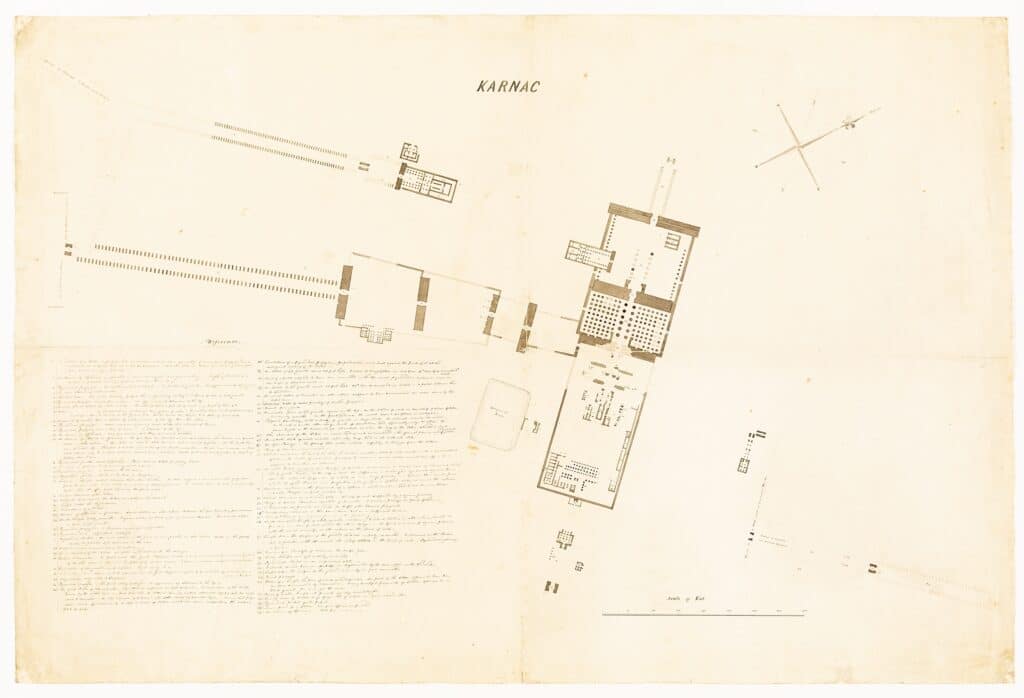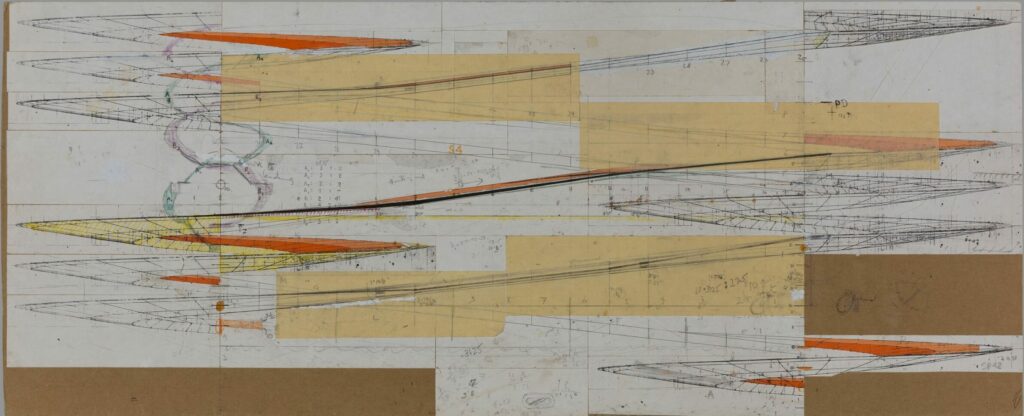In the Archive: Edouard Cabay
Click on drawings to move and enlarge (fullscreen version).
Hello Niall!
I have had many thoughts, and I wanted to try to put a few down here.
But there is one that is more pressurizing than the others: are there any trouts around?
I am a very keen (yet not the most experienced) flyfisherman, and on my last trip in Cornwall, in January, I promised myself to come back with my rod, during the fishing season. To think that there is a place on earth with beautiful drawings and trouts feels like the unlikely convergence of unassociated passions…
There is something strange about fly fishing. I relate it to the straightening of the line across nature that suddenly happens when the fish bites. That moment is special – for those who like fishing off course – and in some ways, I think it relates to drawing. There is the curve of the line when casting, that is also an incredible moment, physically and graphically. It’s about movement, force, and incredible thinness. I like thin lines, you’ve gathered that from my experiments. Nigel (Peake) sometimes comes fishing with me, he never caught anything and, as soon as I have my back turned, he sits on a rock and starts to read or to sketch, but I know he loves it as well… Brett is another keen flyfisherman… and there are many more. But, it’s not being spoken much, like a secret society of architects that fly fish… that would make a good series of drawings.




Anyways…
I had a few thoughts in terms of drawing, after our encounter.
We didn’t talk much about layering – we did, but not extensively. I like when you see how drawings get constructed (Borromini maybe is the obvious and prime example), the hierarchy of information, how a drawing needs to start from a point, that is then a line, an axis, a direction, then it becomes more (in my ideal case it often becomes a grid) and then… very far down, it eventually becomes lines that feature material objects. I like to talk to my students about the axis, a direction, that eventually becomes something, such as a beam. The axis doesn’t exist in the built result, it’s not an edge, but it then governs many edges, that are elsewhere, in the vicinity or much further. I like this moment when an axis becomes a beam, when the material world invites itself into the game of drawing. When a direction, which is something abstract, becomes a physical part, something so concrete. I like this about grids, because they are a bridge between things that don’t exist and things that do. There is such a world there.
Colours is something we omitted to talk about.
Isn’t it the most important taboo in this discipline? I struggle terribly with it, but I have found my way in my work, colours as a way to measure. I haven’t ever learned how to use them, this way simply came about, and I find a certainty in it. But yes, colour is a taboo, it’s so personal… I don’t know why that is.
I liked also our conversation on survey, although it was too short.
I realised, by looking at your collection, how much you like the past. Would you have been an archeologist? Maybe you consider yourself one. If I needed to have a second career, it would be that one, but with drawing. It is such an amazing tool to understand the past. I am glad we discussed it, because it is a topic that I have left a little on the side, and you gave me ideas to continue. I somehow associate measuring to traveling, which makes sense because you need something to measure, and sometimes it’s a nice way to approach unknown things. To approach and to learn about them. Drawing is observing, but I like to draw what can not be seen, which is another way to observe, maybe its about deducing, or observing without the eyes.
Then, I guess, there is the plumbing stories.
I think I have been attracted to this for very long, but it might be the first time I really became conscious of it. Anyways, I don’t know how to go about it, and it was nice to see that you could relate.
As I said in your archive, the fluxes in a building might have the legitimacy to be the primary order of design. I don’t know many that have worked with this. R. Roger is definitely one, and I would really like to see your drawings one day. He is an architect that I really like, for that reason. I think drawing pipes in a building implies how it works. Often my students are more concerned about how buildings look rather than how they work, in this case I ask them to draw the pipes, then the spaces, then the structure. So pipes are abstract at first, because they might be about the temperature, the water pressure, the management of rain water, but then they can shape the space. I really believe that, and it does come from professional experience and having the very annoying task of making the services work after the building had been designed. This is a long talk. I have a friend in Germany who has decided to make plumbing her main passion, which includes a deep sense for materiality and details, it is fantastic. I can’t wait to design a new building and to start by drawing all these tubes.
Now I am done.
I mentioned I didn’t like writing. I must have lied. There are certain situations in which it just flows.
Thank you again for this great week end.
Best regards,
Edouard.

– Sarah Handelman